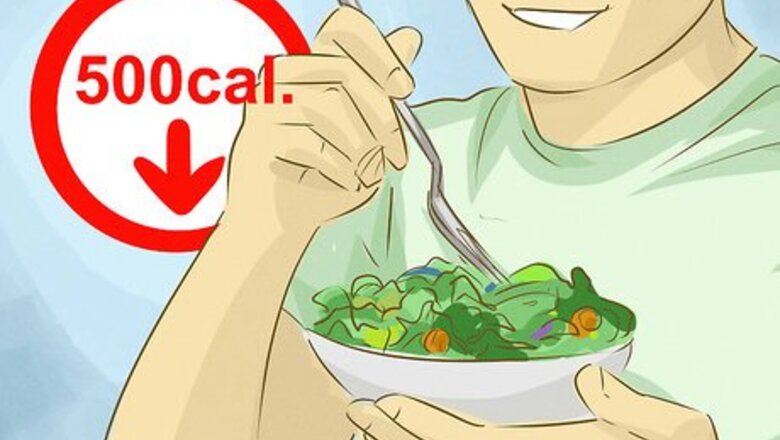
views
Improving Your Diet
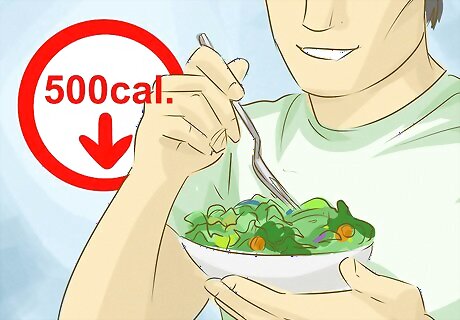
Reduce your caloric intake. To achieve a flatter stomach, decrease your body fat by burning more calories than you consume. Reducing your caloric intake will cause your body to turn to its internal fuel reserve, or the fat you are trying to eliminate. In basic terms, one pound (0.45 kg) of fat equals roughly 3,500 calories. Research shows that you need to cut about 500 calories per day to lose one pound per week, but this depends on your body, weight loss goals, gender, and activity level. To reduce your caloric intake, choose low-calorie, high-nutrition foods like vegetables, fruits, and lean proteins. The tables available through the Mayo Clinic provide examples of how making some relatively simple food “swaps” and portion alterations can help significantly reduce your calorie intake.
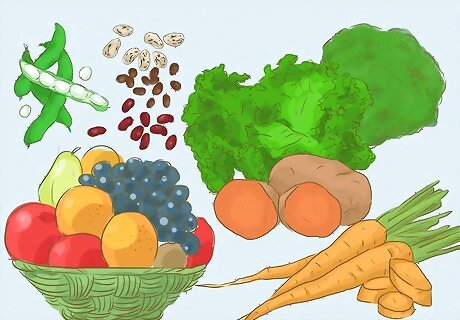
Increase your fiber intake. Fruits, vegetables, beans and legumes, and whole grains offer an array of nutrients and fiber that can help your weight-loss regimen. The USDA’s recommended daily fiber intake is 25 grams for women and 38 grams for men up to age 50, and 21 grams for women and 30 grams for men older than 50. Fiber makes you feel fuller longer, which can help you reduce your daily caloric intake. Adding too much fiber into your diet too quickly may cause diarrhea, cramping, or bloating. Increase your fiber intake slowly over several weeks so your body can get used to it.
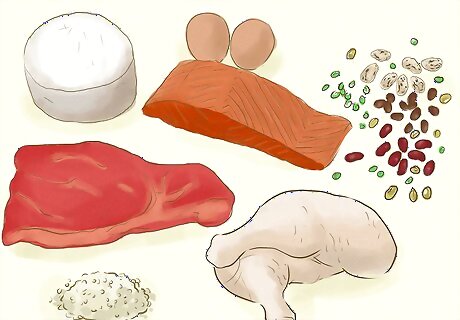
Choose lean proteins. Eating lean proteins, like fish, poultry, and low-fat dairy products, can help you lower your total body fat. They also supply you with enough energy to maintain an active exercise routine, which is an important part of achieving a flat stomach. Eggs are packed with protein and are low in carbohydrates and overall calories, making them an excellent breakfast option to jump-start the day. Studies show that a high-protein diet also increases your satiety (or feeling of fullness), which can help you eat less at your next meal. NASM certified personal trainer Laura Flinn recommends eating lean proteins like chicken, turkey, eggs, lean beef, fish, whey protein powder, and Greek yogurt.
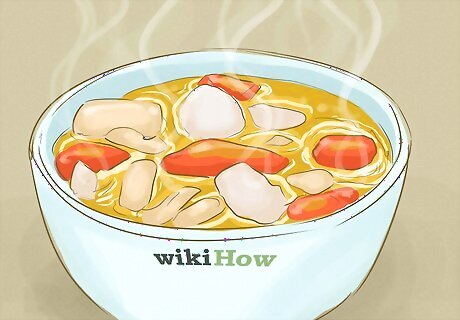
Start meals with soup. Maintaining a healthy diet is all about feeling satisfied with fewer calories, but without sacrificing beneficial nutrients. Studies show that consuming a bowl of low-calorie soup before a meal can reduce your overall caloric intake at that meal by 20%. For the most nutritional benefits, choose a broth-based soup that is low in calories, fat, and sodium. Make sure to read the label if you are using prepared soup.
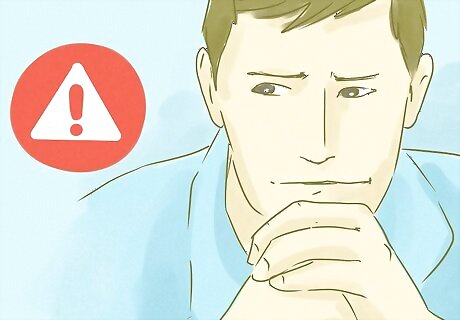
Don't buy into belly-fat-busting food myths. Be skeptical any time you read or hear that "this" smoothie or "that" kind of protein targets and helps eliminate belly fat. No food or exercise targets fat in a specific area of the body—they can only help you burn overall fat. There are certain foods that promote digestion and can help your stomach appear slimmer, such as those containing fiber or probiotics.
Exercising Efficiently
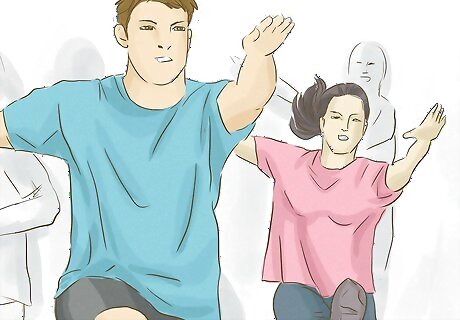
Take off your “fat jacket.” Think of the layer of fat covering your stomach as a “jacket.” What type of exercises would make you want to take it off? Exercises that boost your heart rate and make you sweat, like brisk walking, cycling, dancing, and swimming, can help you lose weight. These types of cardiovascular exercises burn lots of calories, forcing your body to draw energy from and “lose your fat jacket.” Cardio burns more fat during exercise, but muscle burns more fat while you are at rest—building muscle, therefore, will help you burn more fat. Incorporate both types of exercise to reduce overall body fat.
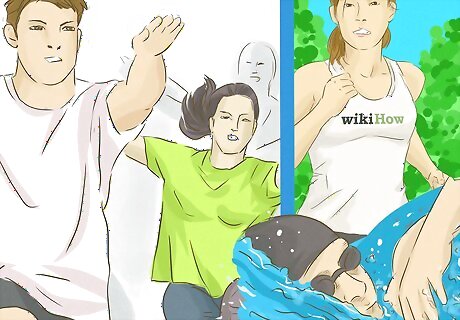
Vary your cardiovascular exercise routines. For fat reduction and weight loss, get at least 150 minutes of moderate aerobic exercise each week. Your exercise doesn’t need to be super intense, but it should make you break a sweat and breathe hard enough to where having a conversation is challenging. Cardiovascular exercises get the heart pumping and are great for burning visceral fat. Consider keeping a daily activity log to track your activity level and how many calories you’re burning. Some people prefer doing the same workout every day, but if you struggle with exercising consistently, switching up your routine can help you stay motivated. Activities like cleaning, mowing the lawn, and walking around your neighborhood count as moderate aerobic exercise.
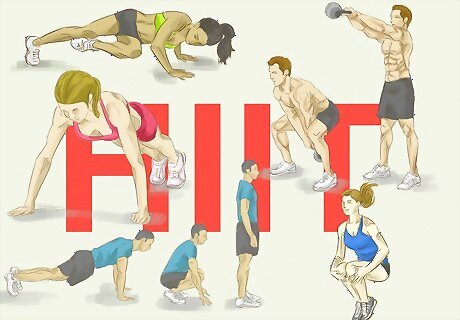
Incorporate strength training. While it's true that you need to lose the fat over your abdominals to let your muscle tone show through, don't rely on cardio alone to get the job done. Building muscle helps you burn more calories at rest, not just when you're hitting the gym. In fact, studies show that those who lift weights have a lower fat mass percentage than those who do aerobic exercise alone. While simple sit-ups and crunches are great options, there are tons of exercises to tone your abs, like the hip dip plank and inner thigh crunch lift. Employ a variety of core-strengthening exercises to tone your body, but remember to prioritize aerobic exercise for fat loss.
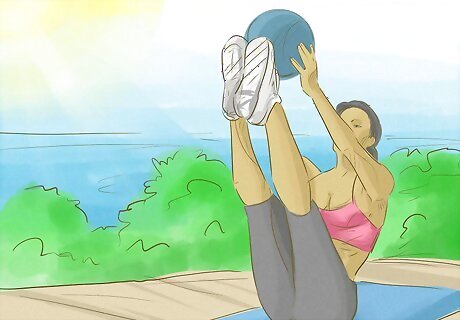
Get more "bang" for your ab-exercise "buck." Instead of focusing on muscle-toning exercises that only target your abdominals, seek ones that work all your major muscle groups. Try to do a single set of each exercise at least twice a week, using a weight that is heavy enough to tire your muscles after about 12-15 reps. Some great exercises include: The pike and extend: Lie on your back with your arms and legs extended upward. Crunch your abs and try to touch your toes with your hands. Drop both hands and one leg down so they are parallel to the floor (and your body). Repeat this move while alternating your legs. The knee-up with overhead press: Sit on the floor with your knees bent and feet on the ground. Hold dumbbells in each hand at shoulder height. Lean back slightly, extend your arms straight up overhead, and pull in your knees. Hold for a second, return to the starting position, and repeat.
Enhancing Your Stomach’s Appearance
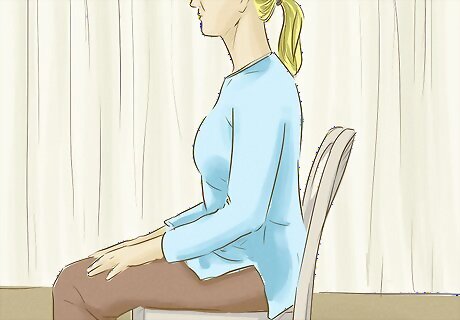
Practice good posture. Sitting and standing up straight can noticeably reduce the appearance of a bulge in your belly, even before you factor in fat-reduction and muscle-toning strategies. Most of us have tried to “suck in our gut” at some point, but it isn’t sustainable in the long run. Proper posture, however, is sustainable because it can be learned and made permanent. NASM certified personal trainer Laura Flinn says to “sit straight with your shoulders rolled back” if you’re sitting at a computer and make sure that your eyes are “leveled with the middle (or slightly higher than the middle) of your screen”.
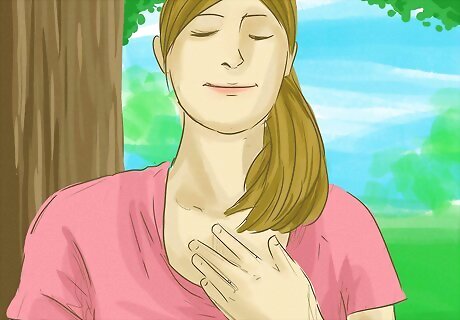
Work to reduce your stress level. It turns out that you can place a little bit of the blame for your bulging belly on our caveman ancestors—part of our “fight or flight” reflex involves the release of cortisol, which signals the body to store fat in the abdominal area. This may cause your body to save your energy reserves, encouraging weight gain. One of the best ways to reduce cortisol levels is to reduce your overall stress. To relieve stress, try yoga, meditation, therapy, or engage in fun physical activities.
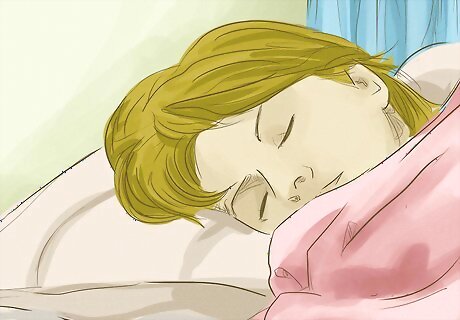
Get more sleep. A lack of sufficient sleep causes stress on the body, resulting in increased cortisol levels and fat storage. Getting at least 7 hours of sleep each night can help you manage stress and minimize emotional eating habits. Most adults need somewhere between 7-9 hours of sleep per day, but everyone’s precise needs are different.
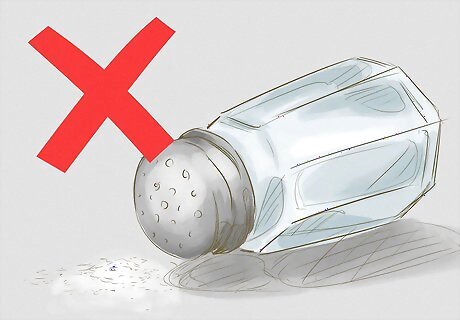
Battle bloating. In addition to excess abdominal fat, bloating is another major culprit for a less-than-flat stomach. Making small, gradual changes in your diet and habits can help reduce bloating: Excess salt causes water retention in the body, which may make you feel bloated. Skipping the salt shaker is a good idea, but the majority of most people’s sodium intake comes from processed foods. Avoid processed foods as much as possible, and read the nutrition label to stay below the recommended sodium level. For some people, carbonated drinks cause gas and bloating, especially when they drink them through a straw. Sugary carbonated drinks tend to provide empty calories without any nutritional value, so skip them. Bloating may be caused by digestive issues, and consuming probiotics can help some people address this problem. Look for products like yogurt and kefir that contain “live and active cultures.” Constipation can also cause bloating, so relieve it quickly by exercising, eating prunes, or massaging your abdomen.
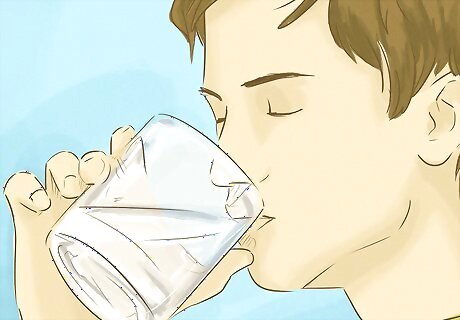
Drink more water. Despite what some people think, drinking lots of water does not cause “water-weight gain.” Rather, water may help stimulate your metabolism and help you burn fat faster. While the amount of water you need to drink depends on your age, gender, physical activity levels, and environment, most men need 15.5 cups (3.7 L) per day and most women need 11.6 cups (2.7 L) per day to stay hydrated. Drink more water if you're exercising or if it’s a hot day. We often don't feel thirsty even when our bodies need fluid, so it's a good idea to drink water regularly throughout the day. Drinking a glass of water before a meal can also help fill you up faster, thereby reducing your calorie intake.













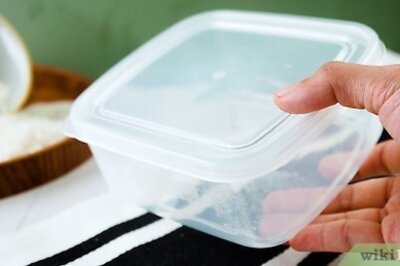




Comments
0 comment